From the classroom to the capitol: ASU students reflect on experience at the CBCF Annual Legislative Conference
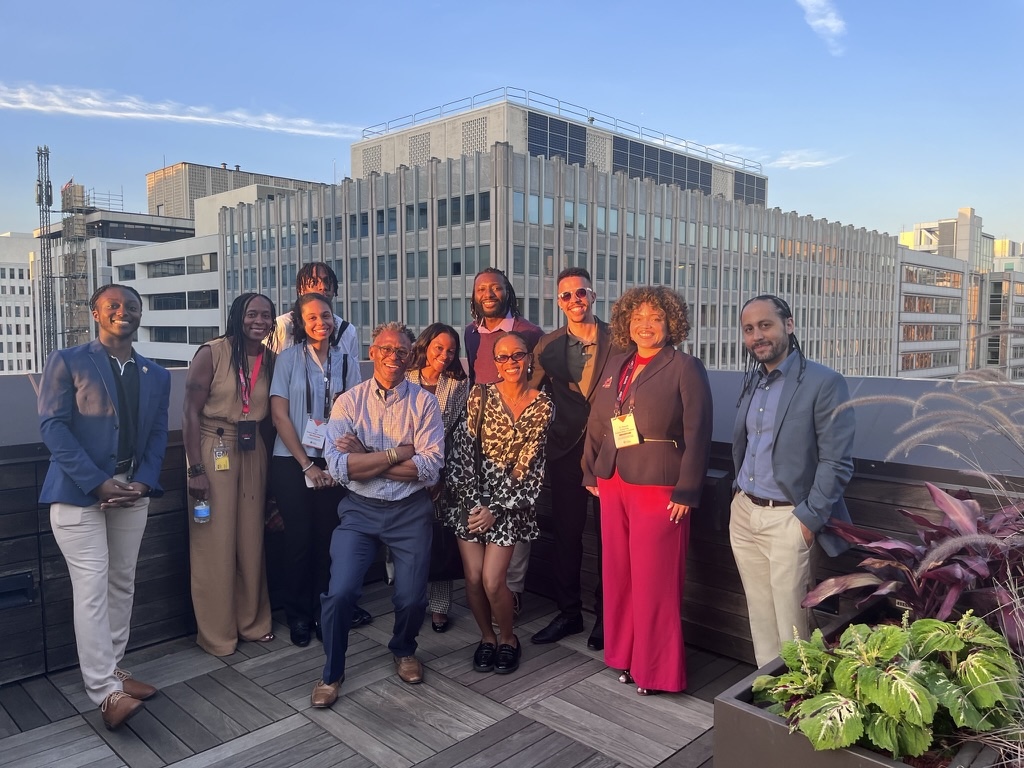
When asked if she would be interested in attending a conference in Washington D.C. that addressed issues impacting African Americans and the global Black community, Cayden Perry could hardly contain her excitement.
“I hadn’t ever been to Washington D.C., or to a conference, for that matter,” Perry said. “I was really interested in attending.”
Perry, a third-year Sun Devil studying forensic science at the New College of Interdisciplinary Arts and Sciences, was one of approximately 20 students from Arizona State University who attended the Congressional Black Caucus Foundation (CBCF) Annual Legislative Conference in September 2024.
Dr. Vernon Morris, associate dean for knowledge enterprise and strategic outcomes at ASU’s New College of Interdisciplinary Arts and Sciences, organized ASU’s attendance at the conference.
“It is a jam-packed schedule of public lectures, seminars, workshops and information sessions led by a diverse and multigenerational suite of thought leaders, legislators, influencers, activists, subject matter experts and concerned citizens,” Morris said.
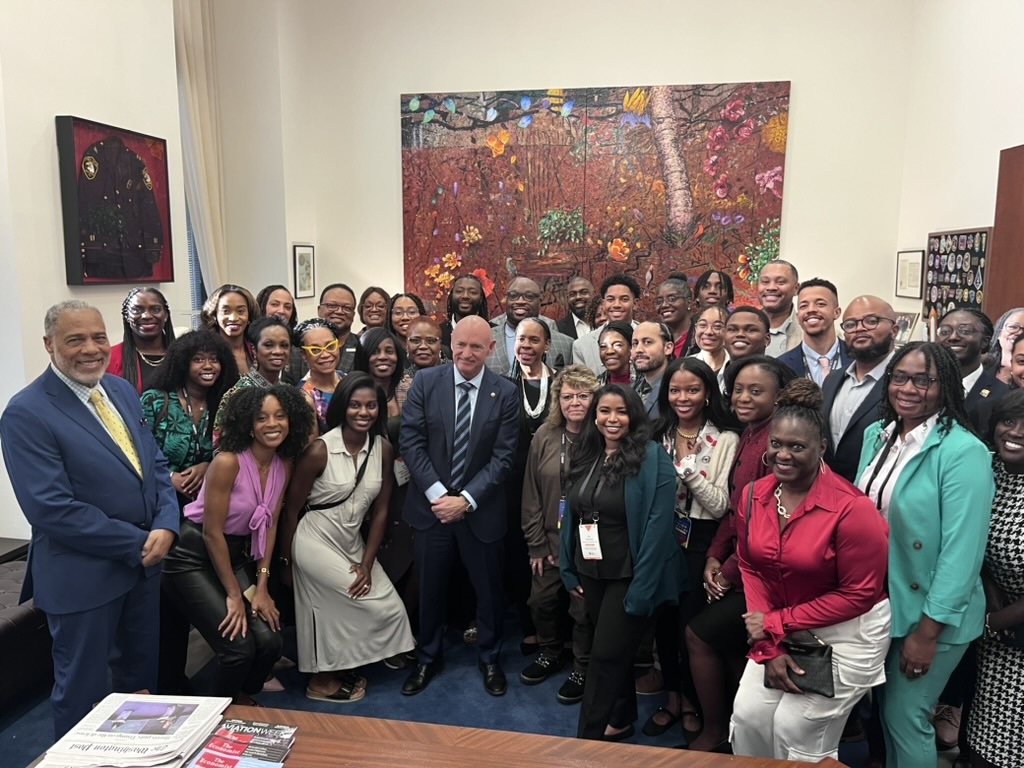
At the heart of the CBCF Annual Legislative Conference is a desire to highlight the importance of civic engagement.
“It encourages direct conversation between legislators and policymakers, scholars, community members and students in ways that are distinct from professional meetings and political conventions,” Morris said. “Students leave motivated, better informed and energized.”
Perry first heard about the opportunity to attend the conference from Dr. Regina Matos, dean of students at ASU’s West Valley campus, at the end of the spring 2024 semester.
“Dean Matos approached me, asking if I would be interested in attending a conference mainly geared towards Black and African-American individuals,” Perry said. “I gave her my resume, and she sent it off.”
According to Morris, students were referred to the Student Leadership Initiative by members of the ASU LIFT committee, recruited from the leadership of student organizations and through informational events.
Perry, as the Barrett senator for the Undergraduate Student Government, is deeply involved with community action at ASU. She found the event to be extremely educational as a Black student looking to make a difference.
“It was busy, but in a good way,” Perry said, reflecting on her experience. “I got to attend a lot of lectures. Listening to all the speakers talk about passing the torch on to the next generation of college students was incredible, since we learned about all these businesses that need to continue on and be expanded upon.”
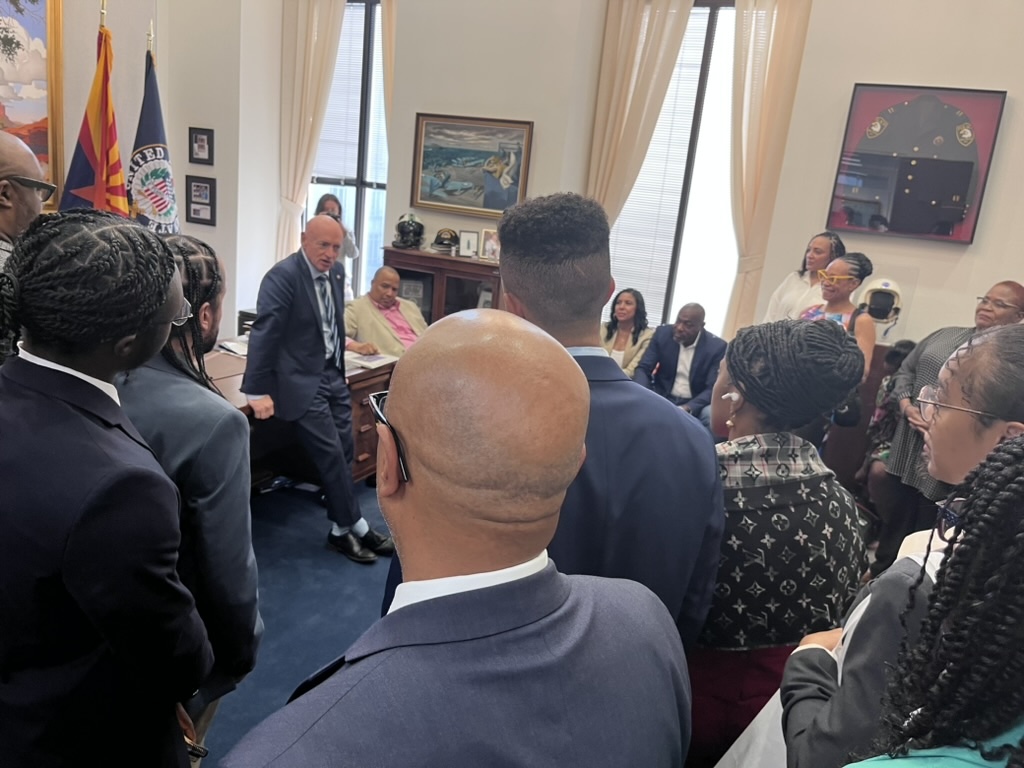
Another attendee, Jason Amoako-Agyei, recently graduated from ASU with a bachelor’s degree in health care administration and policy from the College of Health Solutions. This trip to Washington D.C. marked Amoako-Agyei’s second time attending the conference.
“Last year was the first time ASU students were sponsored to go,” Amoako-Agyei explained. “Then, it was me and two other students with Dr. Morris, who was our sponsor.”
On this second visit, Amoako-Agyei noted his unique role.
“This time our trip was sponsored by the leadership consortium who puts together the Arizona delegation for the caucus,” Amoako-Agyei said. “I went as a representative of the larger delegation and as a returning alumni representative for ASU.”
In comparing his two experiences, Amoako-Agyei discussed the importance of having more ASU students present.
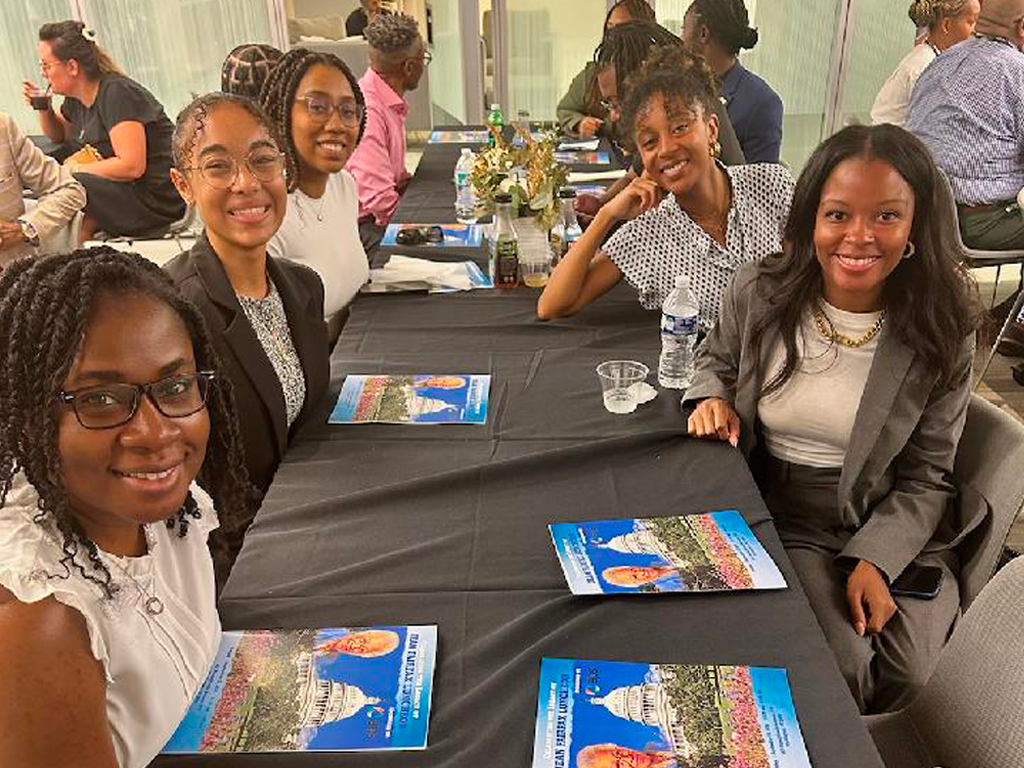
“There were more ASU students there, and that was really special,” Amoako-Agyei said. “The scope of ASU students was vast. We had a range from second year students to post-grad students there. It was a great group to have really good conversations with, and we were all able to connect with one another.”
Perry echoed this sentiment about the communal feeling of their group, shedding light on their experiences outside of the conference.
“We're able to tour a lot of the museums there,” Perry said. “I really enjoyed the Smithsonian, and as embarrassed as I am to say it, I spent way too much on gift shops, but that was a really fond memory.”
Outside of sparking important civic conversations and addressing critical issues, the conference also helped students like Perry reconsider their potential for creating lasting change within their own communities.
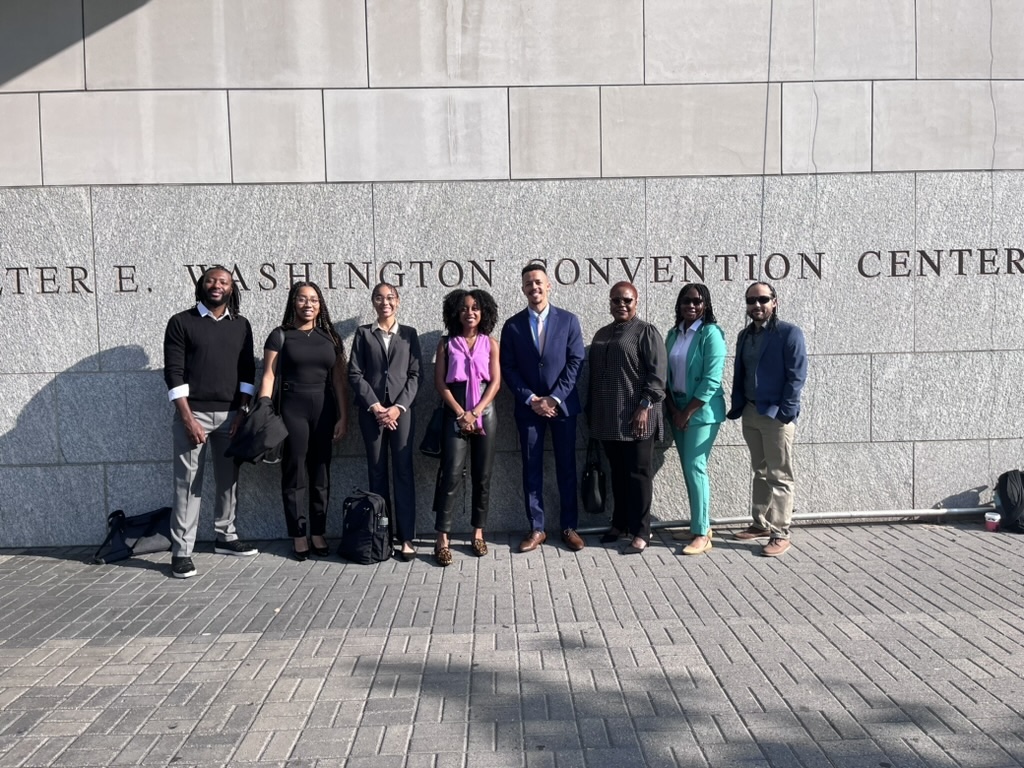
“I went to a high school that was relatively diverse, but I was one of two Black people in my graduating class,” Perry said. “Coming to ASU, I really didn't get involved with the Black community, and I don't really feel as if I'm connected as much to Black culture as I would like to be. This experience opened up my eyes to how much there is for me to be involved in if I so choose to.”
“I realized I was limiting myself in a way, and that I don't need to be nervous or afraid that I don't necessarily fit in just because I didn't grow up in a predominantly Black community. It meant a lot more to me than just going on a fun little excursion to Washington D.C. I was able to explore myself and my own interests.”
When asked for his main takeaway from the conference, Amoako-Agyei talked about his newfound focus on community engagement.
“I definitely left with a sense of responsibility,” Amoako-Agyei said. “Once you go and sit with people from all over the country, sharing ideas about ways to enrich your communities, it's really important to actually come back and promote some type of change.”